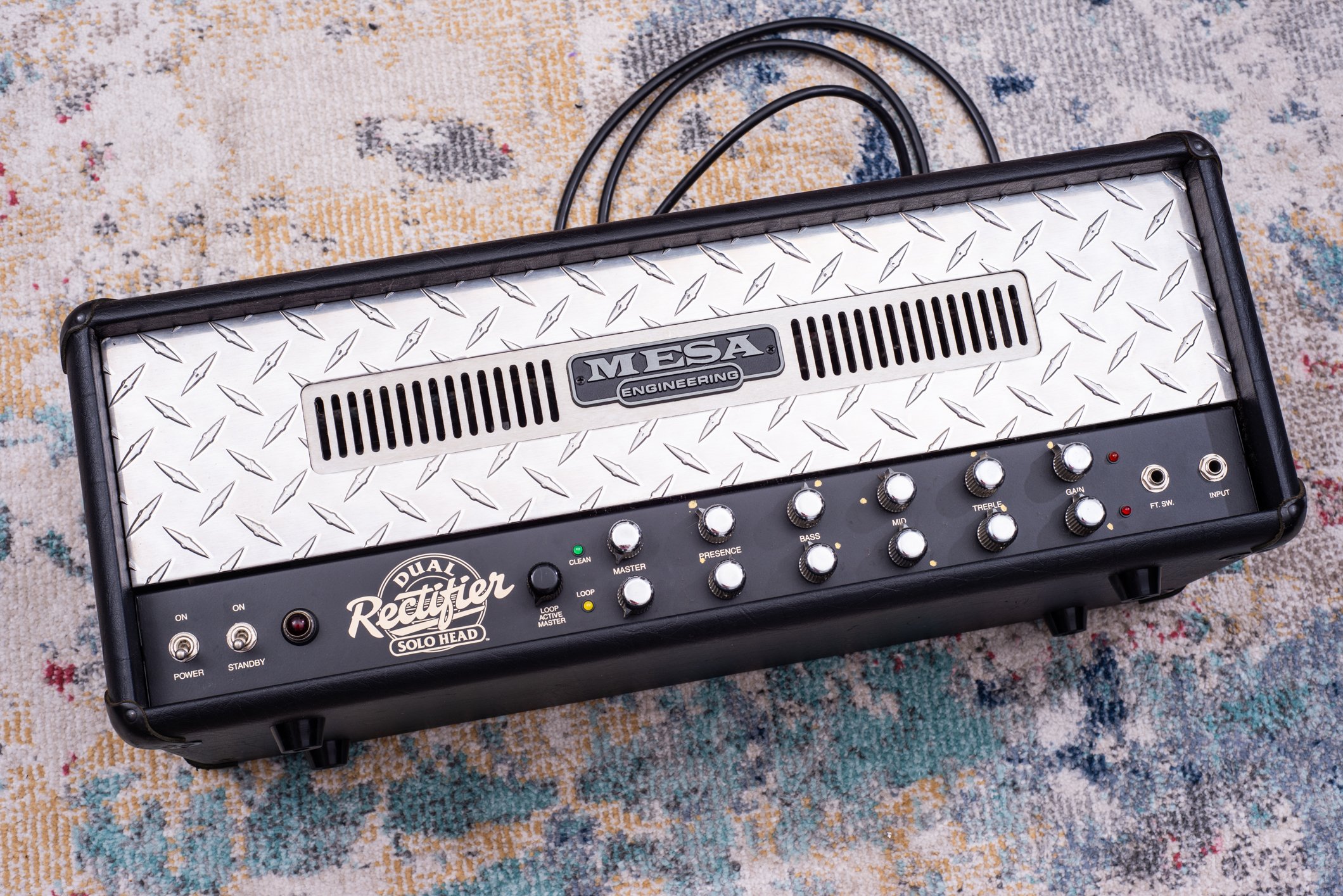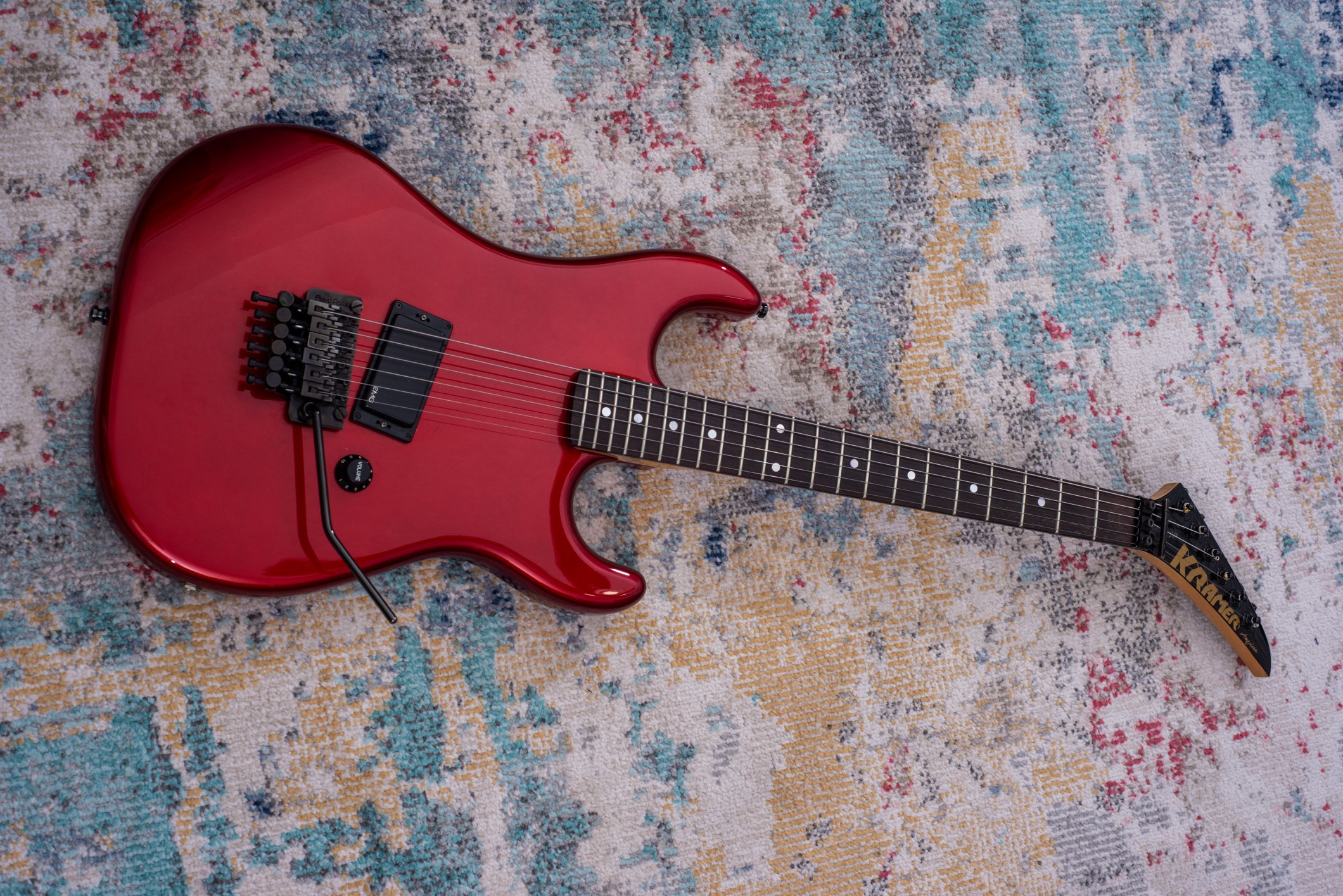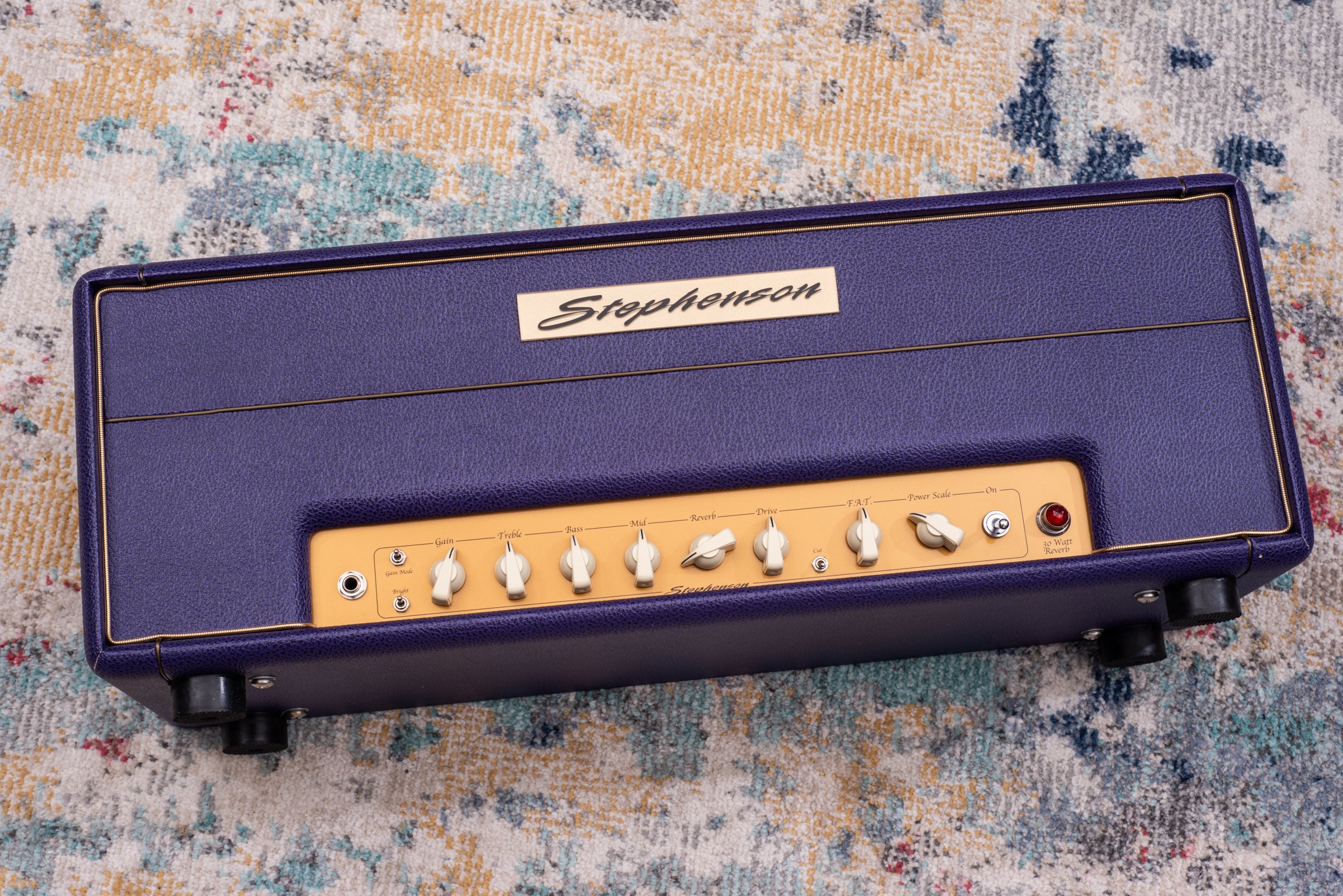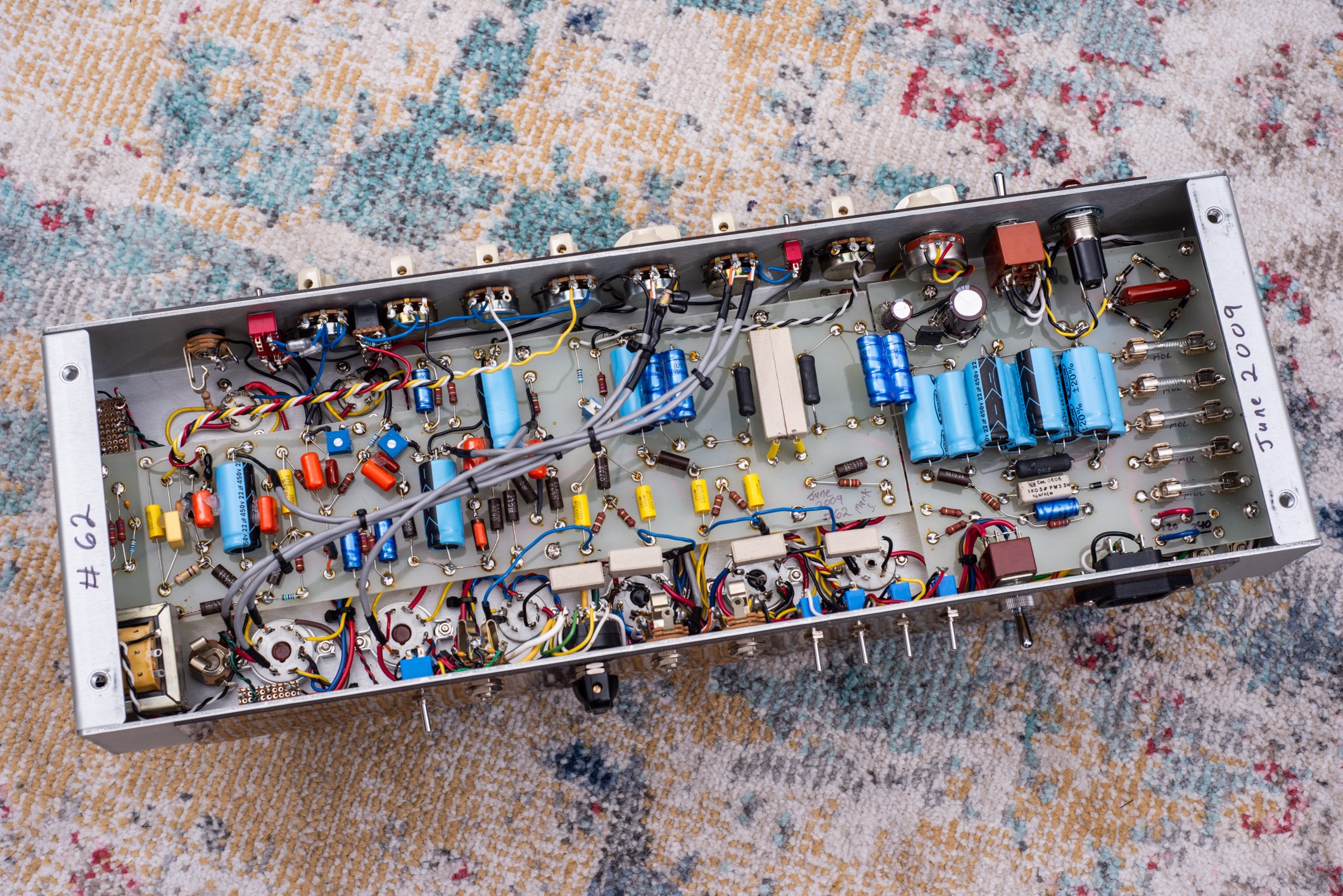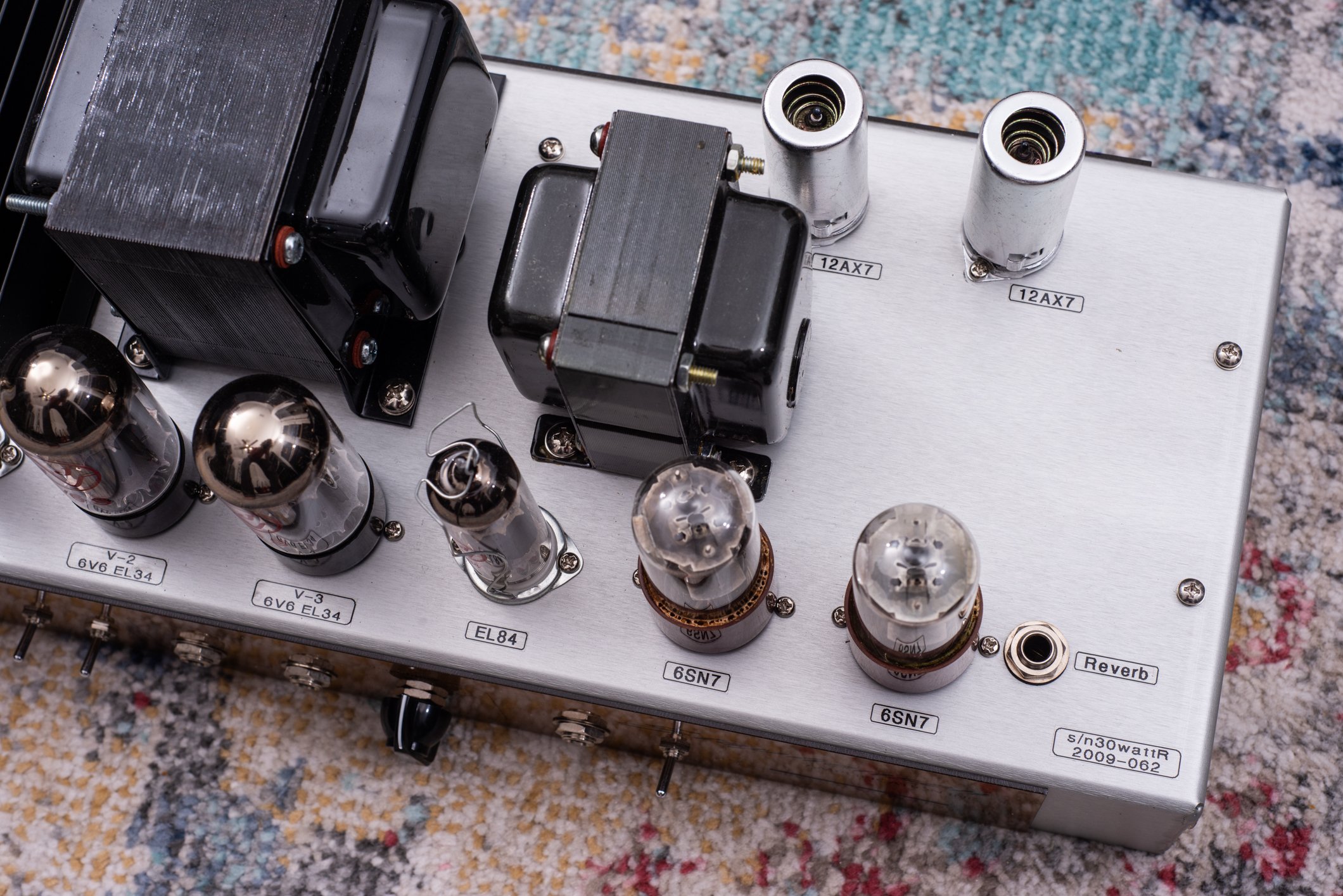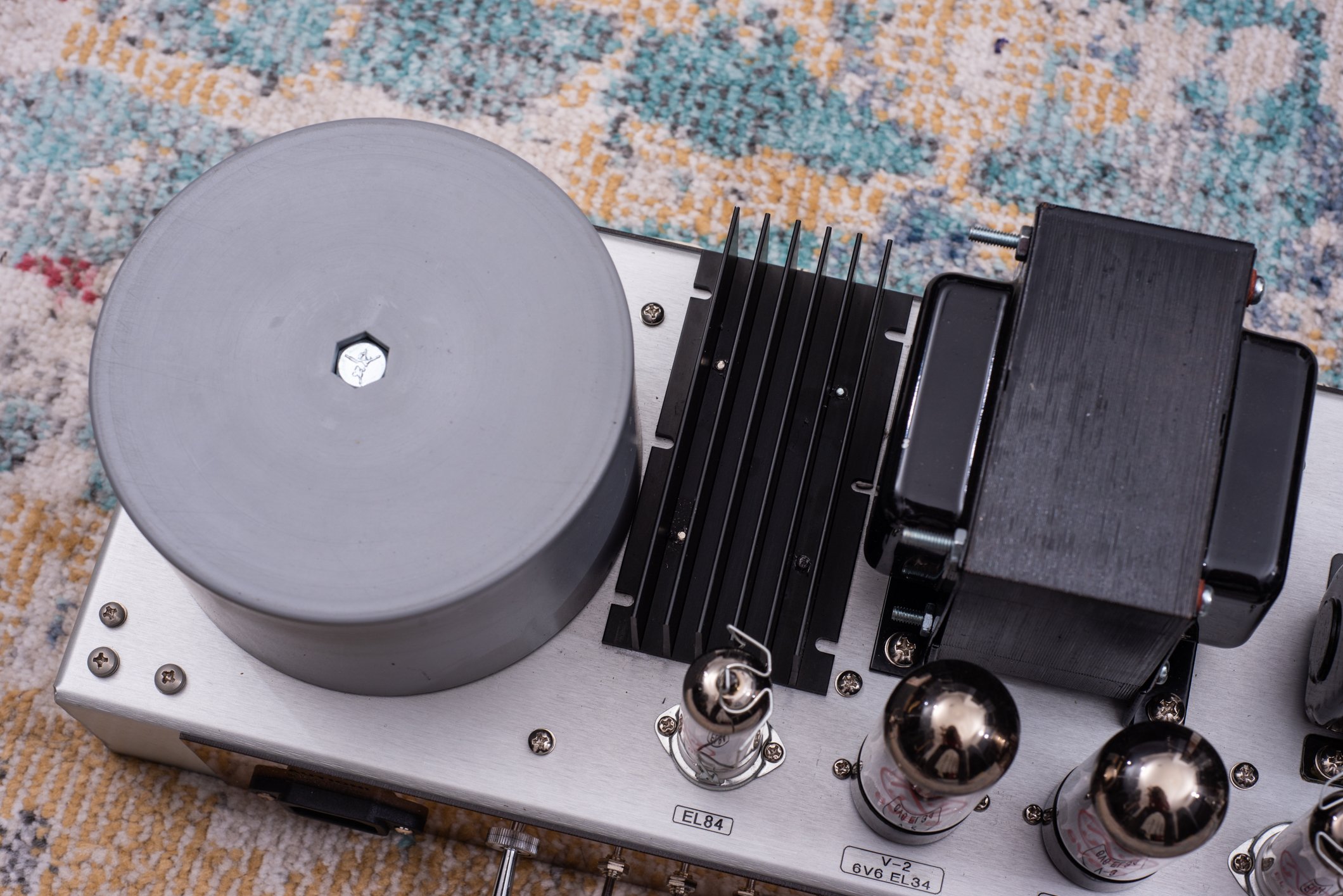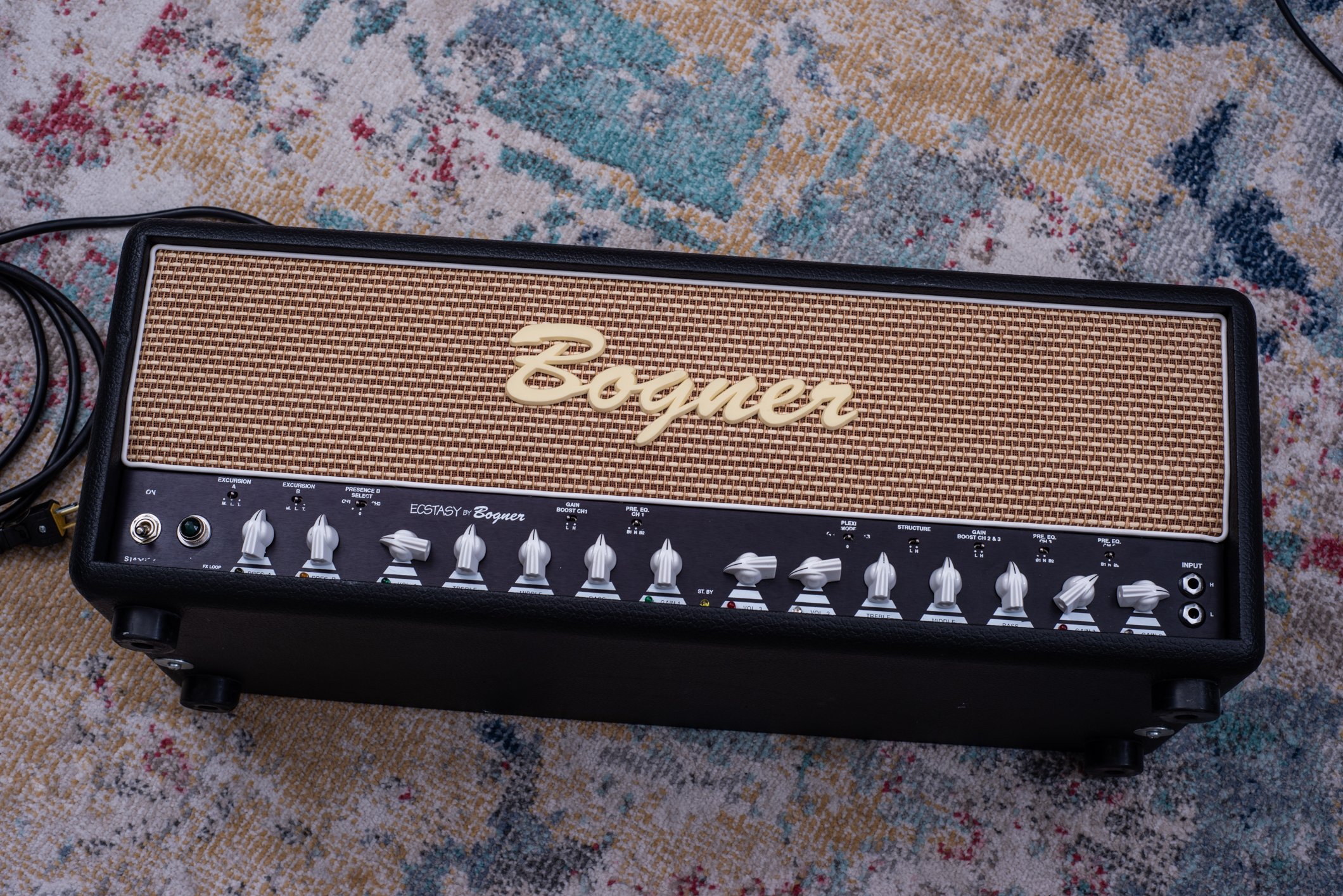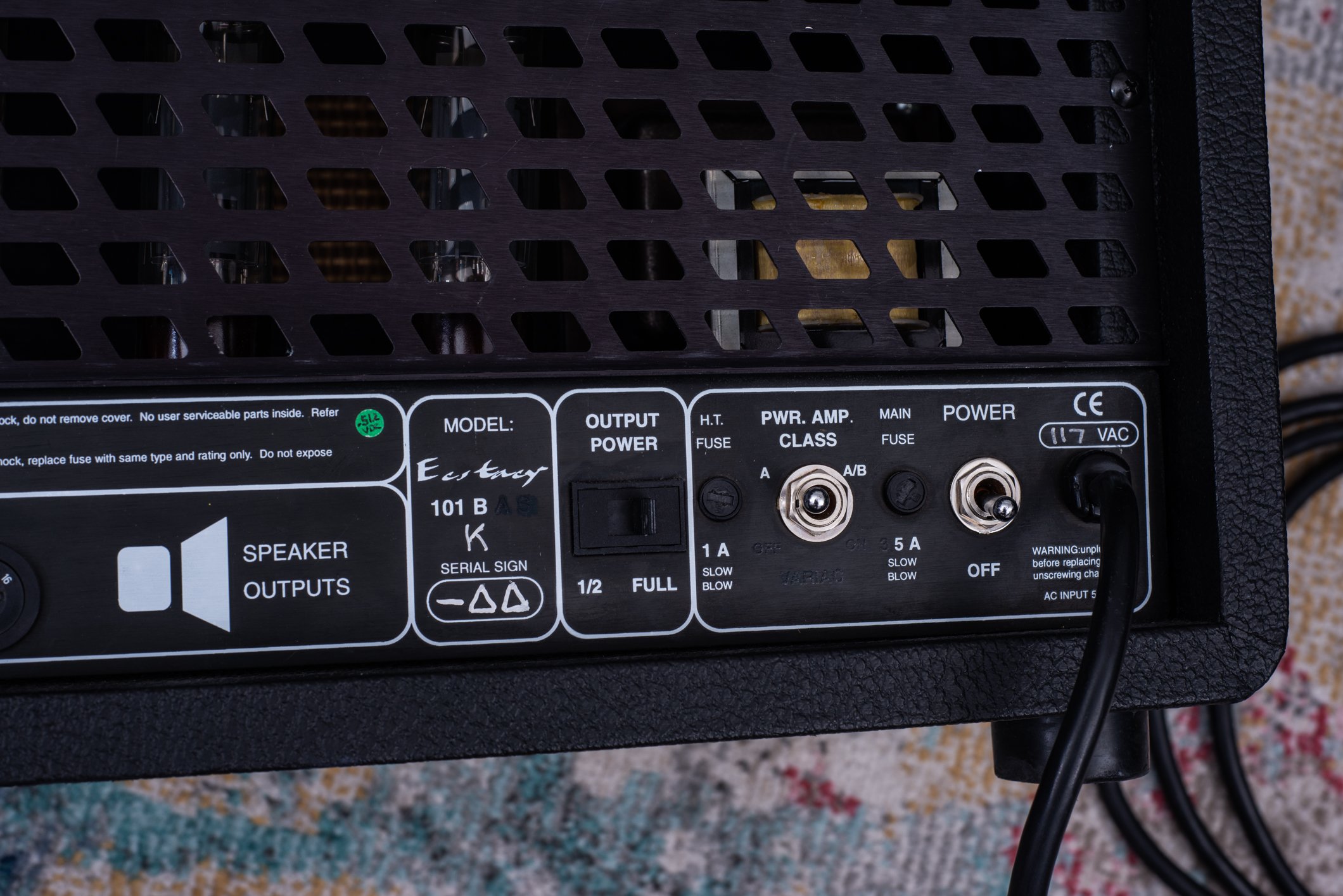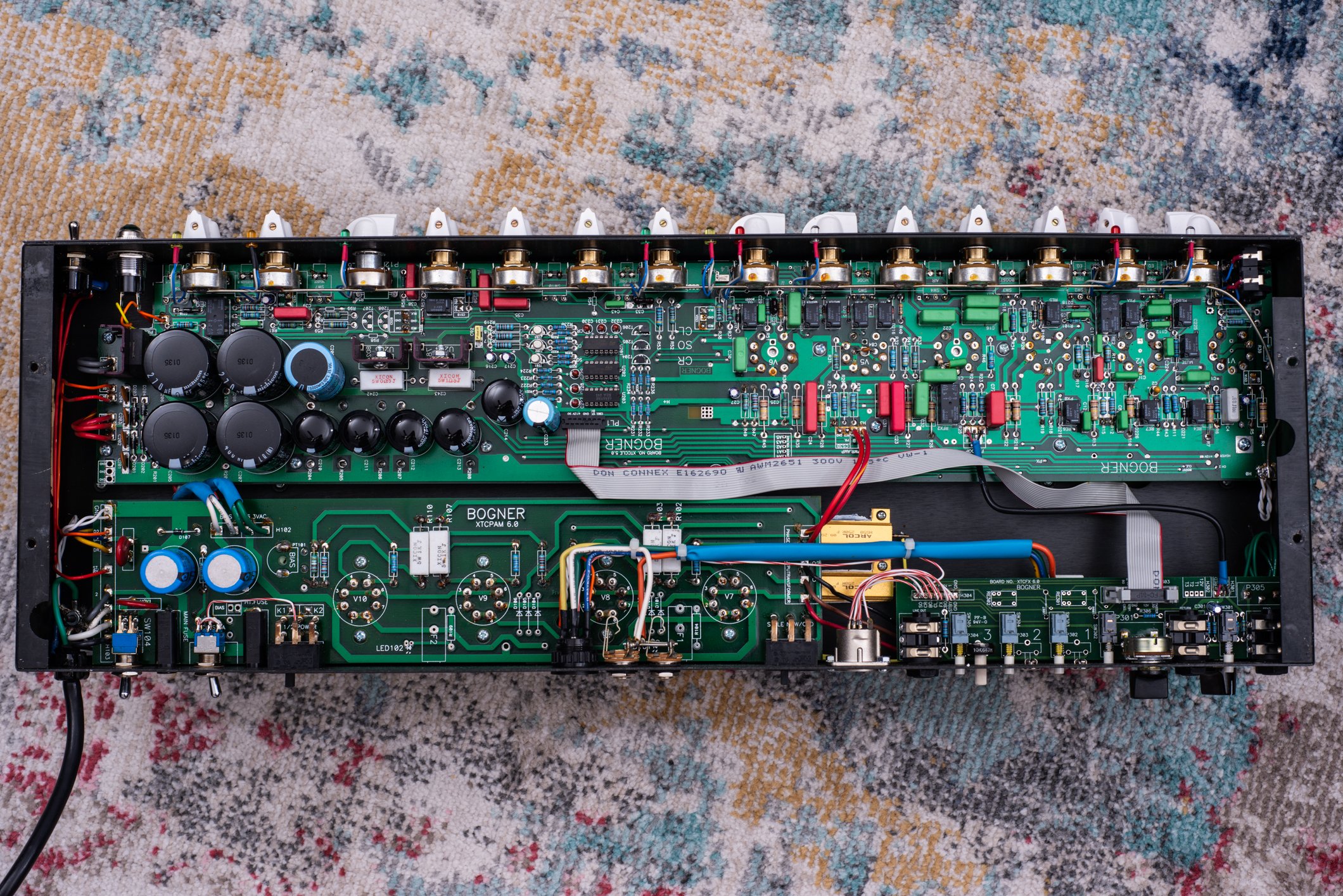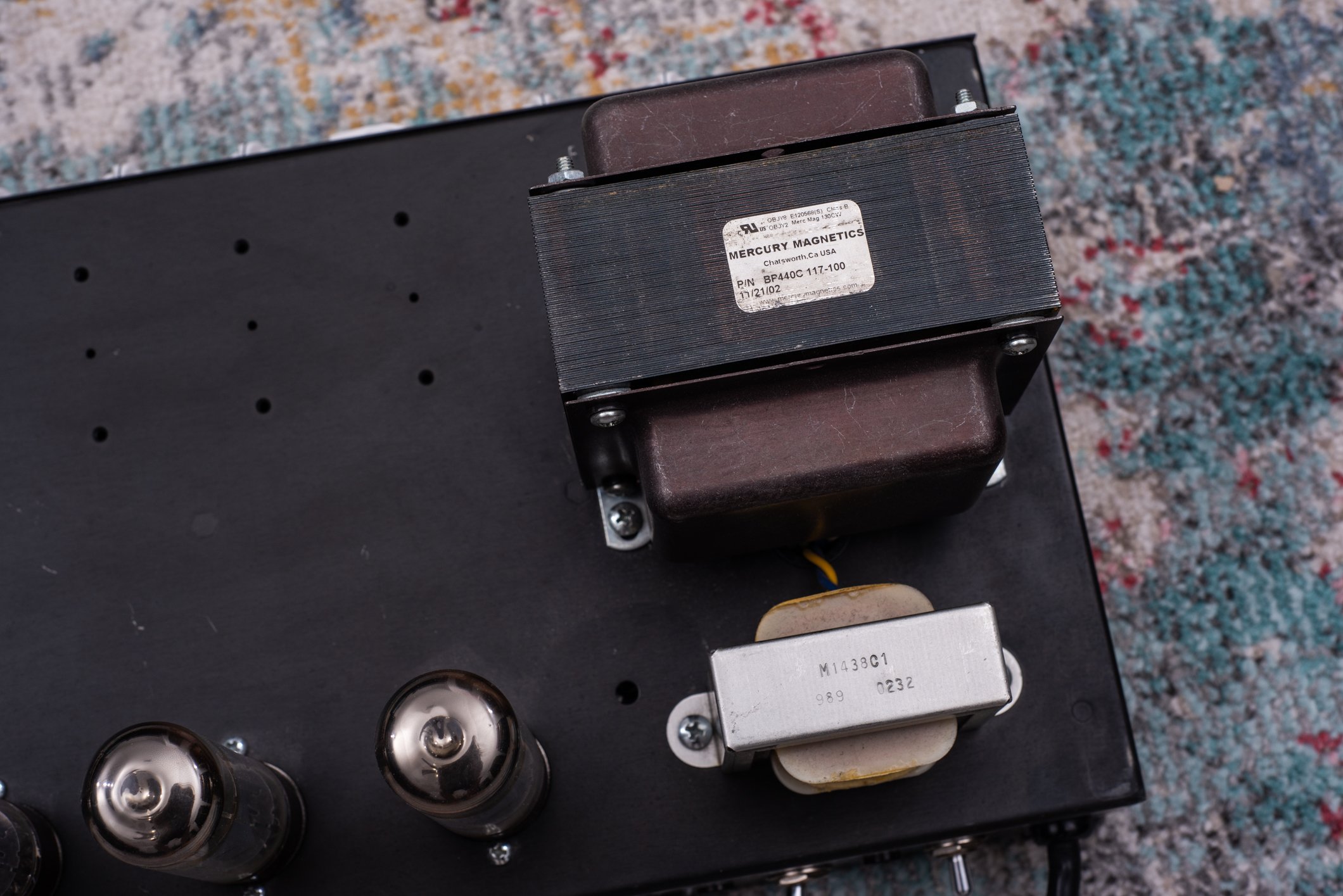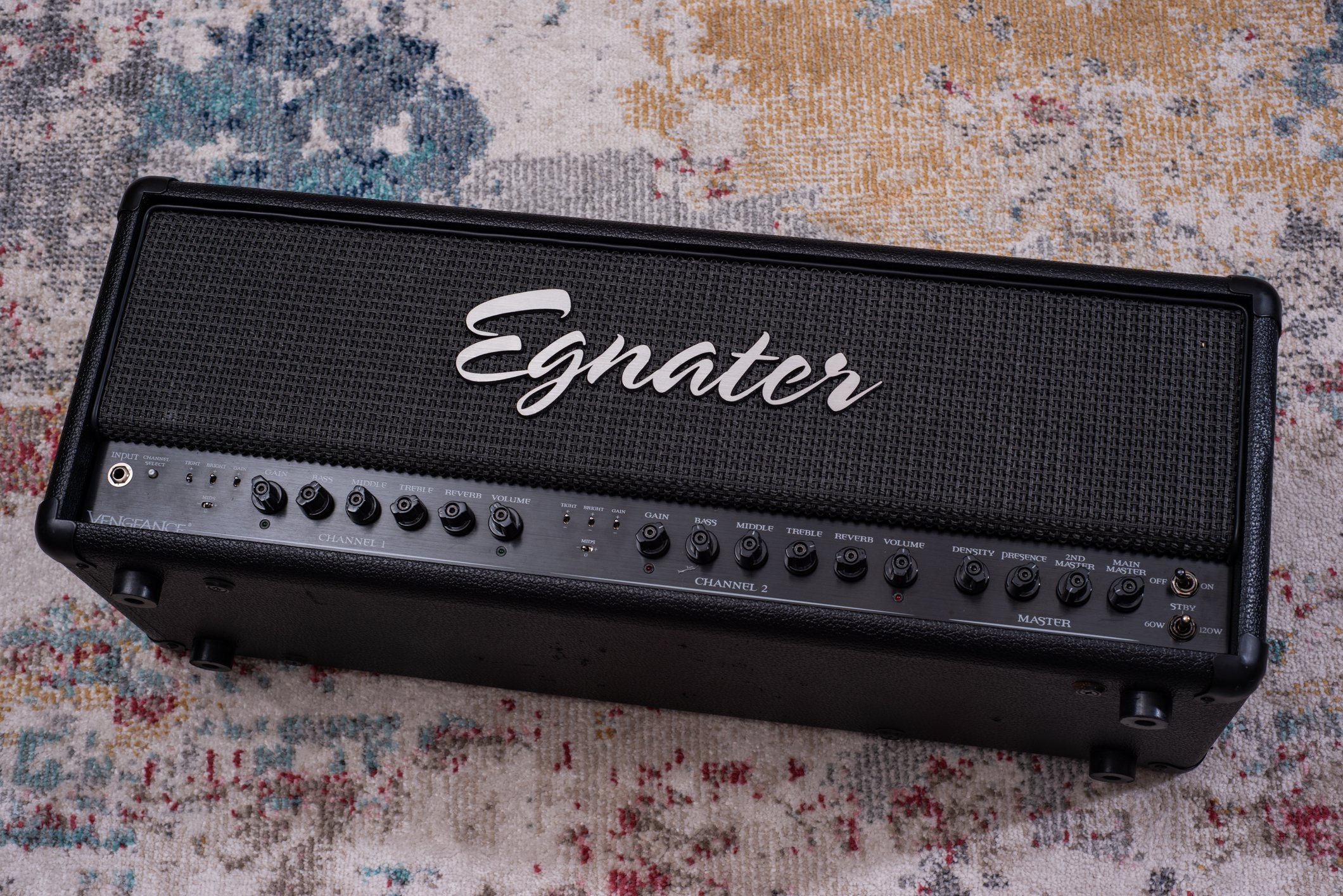This is actually my second Pittbull 50CL from nearly the same time frame - this is a 2005 model, and I already had a 2003. However my 2003 has a spring reverb tank, and no graphic EQ - the classic early Pittbull CL voicing, a bit dark, but just a killer sound. Easily one of my all time favorite amps. So when the opportunity to buy what is essentially the same amp, but trading the spring reverb for a built-in 6-band graphic EQ, I jumped on it.
I’ve already done some extensive A/B testing between the two, and they definitely have the same core tone and feel. However I do feel the GEQ model has a bit less gain, and a little more brightness as well. The EQ is exactly as I’d expect - it can take the dryer, tighter feel of the amp from reserved to extremely aggressive and it works fantastically. I do occasionally miss the spring reverb, but I’m also perfectly happy to use a reverb pedal in the effects loop.
The interesting thing about the non-EQ Pittbull is that the feel of the amp is a little bit sloshier, a little more saturated. I love the way lead lines and gainy palm mutes jump out of that amp, and the “voicing” switch adds a little more highs and lows to fill out the spectrum more without sounding too aggressive - something about it still really speaks to me. The EQ model needs the gain up a little higher to achieve the same effect, although I suppose the tubes are a factor here too, but the ability to customize the tone with the EQ adds far more versatility than the on/off voicing switch. The EQ is also footswitchable, and there's not a huge volume difference on or off which is perfect the way I use it. It’d be impossible to pick a favorite between the two, that’s for sure.


